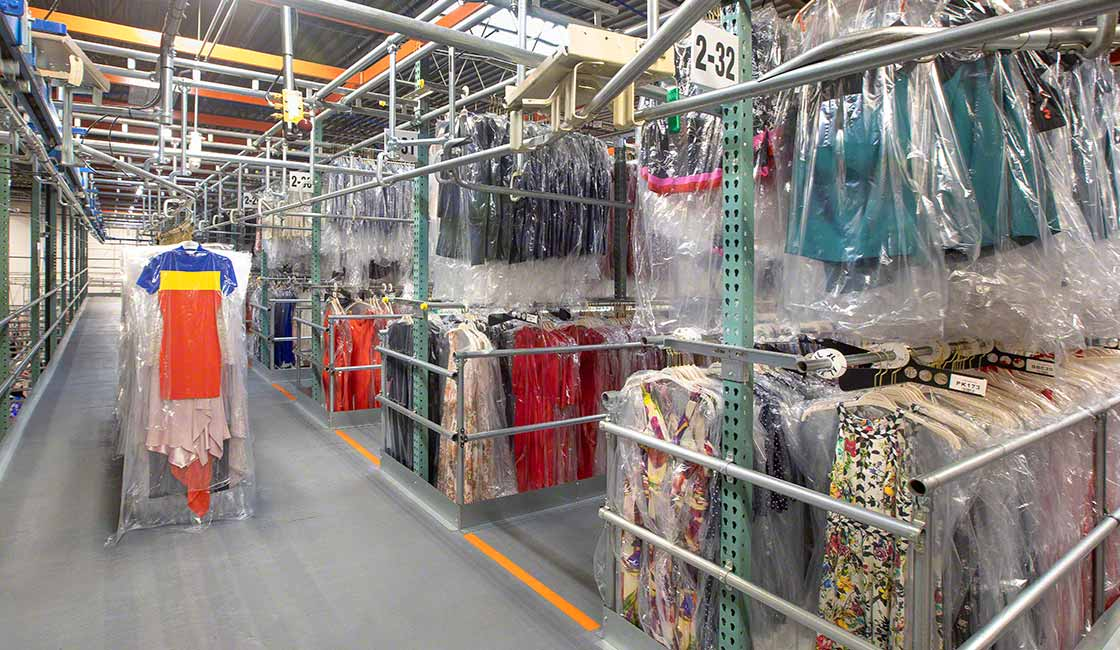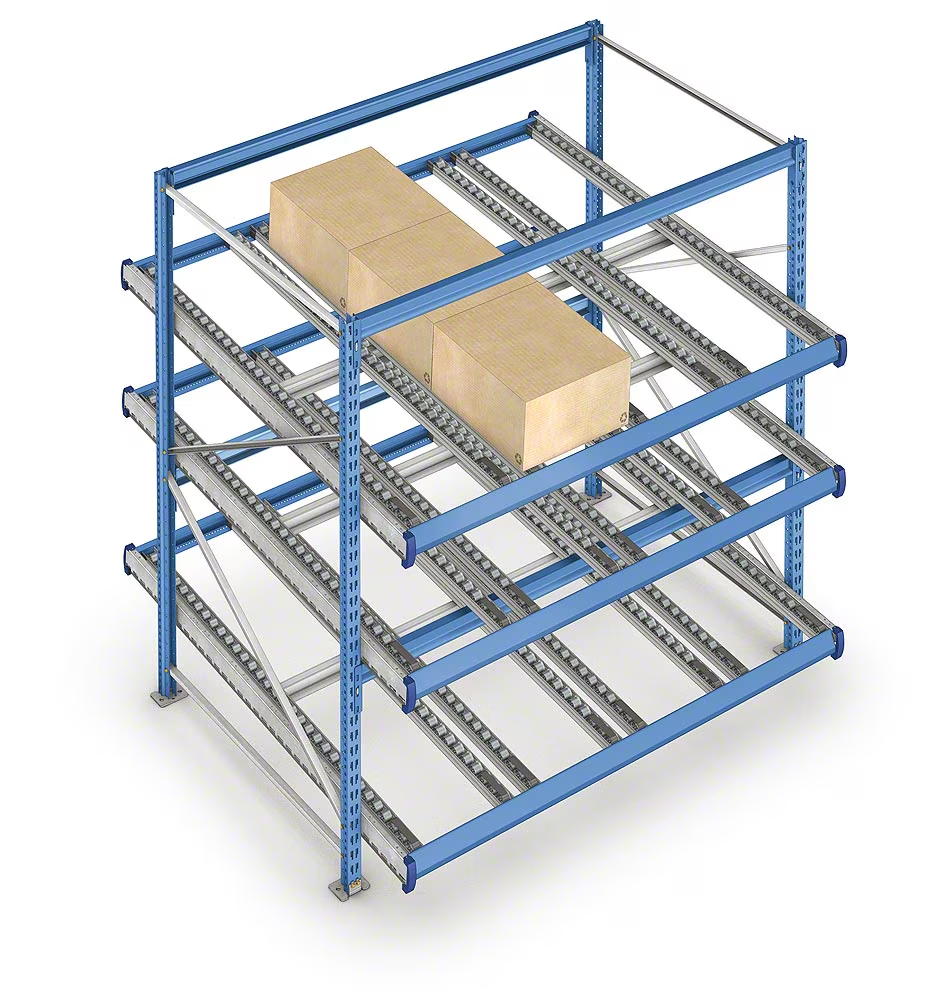8 Replenishment in Practice
Keywords
Replenishment, Warehouse Management System, Pick Face, Storage Optimization, Inventory Management
8.1 What is Replenishment?
- Process of ensuring the right products and quantities are in the correct pick location at all times (Richards 2018).
- Empty pick slot = lost sale
- Poor replenishment = order shortages, increased picking times, increased cost per pick, reduced service level
8.2 When to Replenish?
- Real-time WMS can recognize need to replenish through real-time data transfer. Strategies include:
- Identify total actual order quantities and replenish before next wave of orders arrive
- Trigger when stock level within pick face falls to a certain level
- Timing is crucial:
- Early replenishment can lead to overfull pick faces and FIFO issues
- Late replenishment can occur if staff pick out of sequence
8.3 How to Replenish?
- Move product directly to pick face from inbound section to cut out processes
- Requires pre-planning to avoid overfilling pick faces
- Pallets can be de-layered to correspond with expected pick quantities
- In absence of real-time WMS:
- Design pick faces to take optimum quantity based on predicted sales per day/shift and cubic capacity
- Train staff to identify replenishment needs and inform supervisor or forklift driver
8.4 Example: A Heat-Map for Replenishment
- In the fashion industry, clothing racking systems are used to store hanging garments on beams or tubes to prevent wrinkling or damage.
- Commonly, tiered picking shelves with mezzanines and walkways (pick modules) are installed to maximize storage capacity while providing direct access to goods.
- Restocking is often done chaotically, with items placed in any available location.
- A heat-map can visualize storage locations based on inventory levels, helping employees find empty spots for replenishment.

8.5 Picking vs. Replenishment
- Simultaneous picking and replenishment can:
- Cause safety issues if forklifts and pedestrian pickers work in the same aisle.
- Lead to confusion if both are at a location at the same time.
- Solutions include:
- Incorporating multiple picking locations for the same SKU
- Using storage handling systems that better separate the picking and replenishment processes (e.g., A frames, carton live storage, or flow racking)
- Carrying out the two activities at different times of the day if feasible.

8.6 References
Mecalux. 2023. “Warehouse Clothing Racking: How to Store Garments.” Supply Chain & Warehouse Logistics Blog. January 26, 2023. https://www.mecalux.com/blog/warehouse-clothing-racking.
Mecalux. 2025. “Live Storage for Picking.” Mecalux. 2025. https://www.mecalux.com/picking/live-storage-for-picking.
Richards, Gwynne. 2018. Warehouse Management: A Complete Guide to Improving Efficiency and Minimizing Costs in the Modern Warehouse. 3rd Edition. New York: Kogan Page Ltd.
